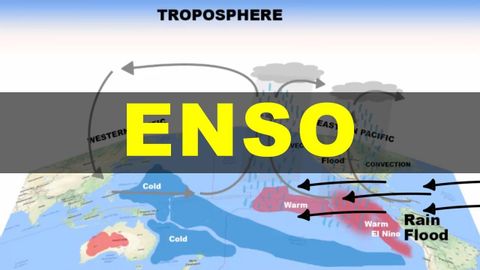什麼是 ENSO、厄爾尼諾、拉尼娜、南方濤動、沃克環流 | UPSC / IAS (What is ENSO, El nino, La nina, Southern Oscillation, Walker Circulation | UPSC / IAS)
hark2140 發佈於 2024 年 06 月 02 日  沒有此條件下的單字
沒有此條件下的單字US /ˈprɑsˌɛs, ˈproˌsɛs/
・
UK /prə'ses/
- v.t.用電腦處理(資料);(依照規定程序)處理;處理;流程;加工;理解
- n. (c./u.)(規定的)程序;過程;進程;方法;法律程序;進程
US /ˈkɑnˌtɛnt/
・
UK /'kɒntent/
- adj.滿足的;滿意的
- n. (c./u.)內容;主題;內容;滿意;內容 (數位);含量
- v.t.使…滿足
- v.i.同意
US /ˈkɑnstənt/
・
UK /'kɒnstənt/
- n. (c./u.)範本;典範;圖案;花樣;模式;方式;規律;紙樣
- v.t.仿造;用圖案裝飾
